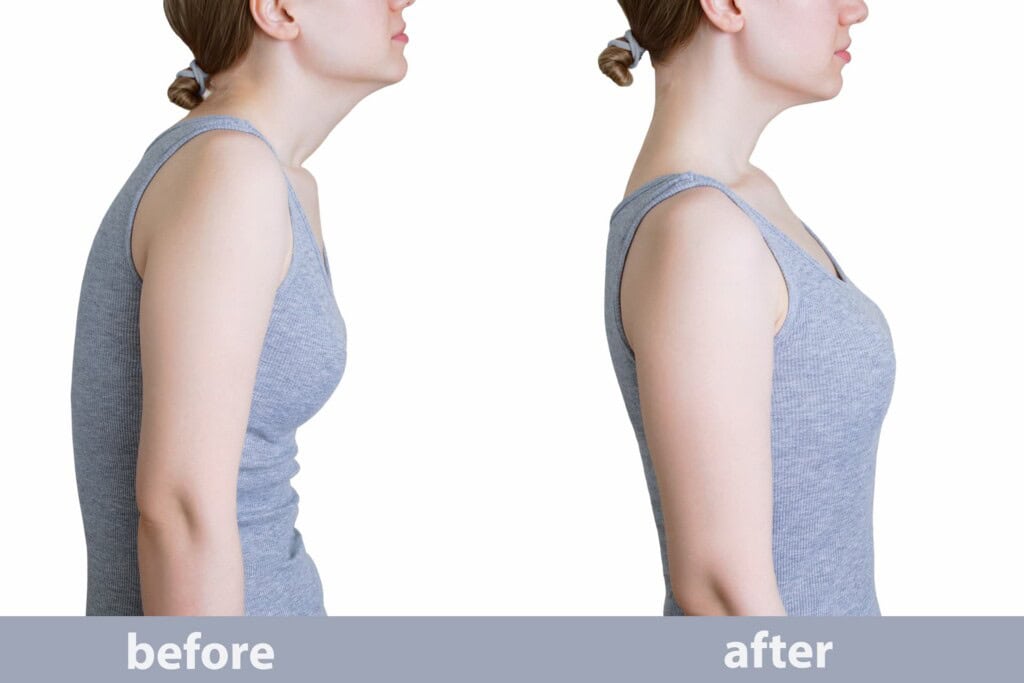As a bodyworker, I regularly see the impact of modern lifestyles on the body, especially for those who spend long hours sitting at desks or behind the wheel. While sitting might seem harmless, the truth is, it can have significant negative effects on your health. It’s often referred to as “the new smoking” for a reason – prolonged sitting affects your posture, metabolism, circulation, and overall well-being.
Let’s dig into why sitting is so harmful, how it affects the body, and most importantly, how bodywork can help mitigate some of the damage.

Sitting for long periods might seem harmless, but it can lead to a range of health problems. The more time you spend sitting, the more your body suffers from both short-term and long-term issues, many of which can be addressed through bodywork.
Sitting for extended periods causes muscles, particularly in the hips and legs, to become tight and weak from lack of movement.
The effect: Poor posture, lower back pain, reduced flexibility, and hip stiffness. Muscle imbalances may also form, making movement difficult and painful.
Sitting slows blood flow, causing blood to pool in your legs, which increases the risk of varicose veins and blood clots.
The effect: Swollen legs and feet, increased risk of varicose veins, and poor oxygenation of muscles, leaving you feeling sluggish.
Sitting impacts your metabolism, slowing your body’s ability to process fats and sugars.
The effect: Weight gain, an increased risk of obesity, and more difficulty managing blood sugar, which can lead to metabolic issues.

Sitting often leads to poor posture, especially when you hunch over a desk or screen. This often leads to forward head posture, rounded shoulders, and a curved spine.
The effect: Chronic neck pain, tension headaches, and back problems. Over time, these postural issues can lead to muscle imbalances and long-term discomfort.
Sitting puts strain on your cardiovascular system, increasing your heart’s workload.
The effect: Greater risk of heart disease, higher blood pressure, and an overall cardiovascular decline.
Prolonged sitting has been linked to serious conditions, such as Type 2 diabetes and certain cancers, including colon, uterine, and lung cancer. Studies show that sitting for 4-5 hours a day raises your risk of death by nearly 50%.
The effect: Increased susceptibility to life-threatening conditions, highlighting the need for regular movement and body care.
Sitting for long periods can also impact your fascia, the tissue that surrounds and supports your muscles. When you stay in one position too long, the fascia can tighten and become stiff. It can stick to other tissue like muscle, bone, or other fascial structures, like IT bands. Fascial lines run both horizontally and vertically, connecting your entire body. When these lines get restricted, it can cause adhesions, where tissues stick together in ways they shouldn’t. This leads to discomfort and limits your movement.
Adhesions can also contribute to cellulite, which appears as bumpy or dimpled skin. But cellulite isn’t just cosmetic. It’s a sign that your fascia is pulling tightly on your skin due to tension or stiffness in the tissues underneath. This can cause restricted movement and poor circulation. Bodywork helps loosen these areas, improving how your body moves and how your skin looks.

The good news? Bodywork therapy can help reverse much of the damage caused by prolonged sitting. Here’s how:
Sitting for long periods can make muscles like your hip flexors and hamstrings tight and stiff. With techniques like deep tissue massage and myofascial release, I can help loosen up those muscles and bring back flexibility. This can ease pain in areas like your lower back and hips.
Example: One of my clients had constant lower back pain from sitting at a desk all day. After a few bodywork sessions focused on his hips and lower back, his pain lessened, and noticed a significant improvement in range of motion.

Sitting often leads to bad posture—rounded shoulders, a slouched back, or a forward head position. Bodywork, including postural alignment therapy and structural integration, helps correct these issues and realigns your body to its natural position.
Bodywork Tip: I usually give clients stretches and posture tips to help them maintain better alignment between sessions. This combination of hands-on therapy and self-care strategies keeps the body in balance.
Bodywork also improves blood flow. Techniques like Swedish massage and lymphatic drainage get your blood moving, reducing swelling, bringing more oxygen to your muscles, and helping prevent things like varicose veins.
Tip: I always recommend my clients get up and move every hour, even if it’s just for a quick stretch or walk around the room. I also highly recommend a stand-up desk.
Staring at screens for hours often leads to tight necks, stiff shoulders, and headaches. Trigger point therapy and deep tissue massage can target those tense areas and release the tightness.
Example: A client who had constant tension headaches found relief after several sessions focused on her neck and shoulders. This not only eased her headaches but also improved her focus at work.
Bodywork includes various specialized techniques that can help improve circulation and break up areas where tissue is stuck together. Techniques like cupping and Gua Sha are excellent for increasing blood flow, loosening tight fascia, and restoring healthy movement in your muscles and tissue.
Cupping uses suction to bring fresh blood into the area, while gua sha involves a smooth tool to gently scrape the skin and release tension. Both of these methods help relieve pain, reduce tightness, and improve mobility.
Also, using heat on fascia, which surrounds your muscles, can soften it and help relax the muscle. You can relax muscle tension with heat through activities like heated yoga, saunas, or hot tubs.

Along with bodywork, here are practical steps to offset the effects of prolonged sitting:

Sitting may be a necessary part of your day, but it doesn’t have to take a toll on your health. Regular bodywork therapy, combined with mindful changes to your routine, can keep your muscles flexible, posture aligned, and your body pain-free.
If you’ve been feeling stiff, sore, or mentally drained from sitting all day, bodywork could be the key to getting you back on track. Book a session today, and let’s work together to release tension, improve posture, and help you move more freely!